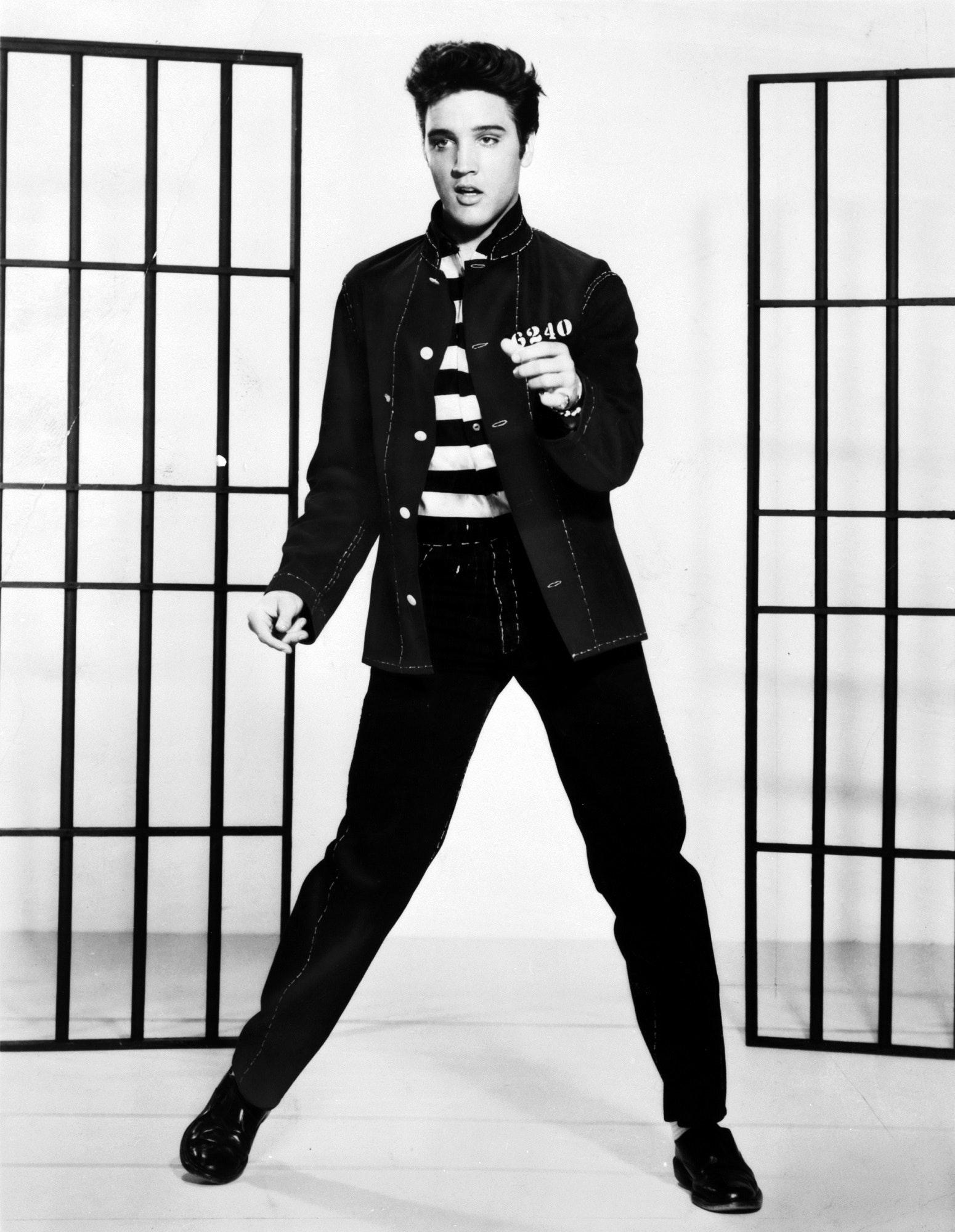Major Donor Fundraising: What to Know about New Tax Law
When the new Tax Bill passed, I wrote How Worried Should Your Nonprofit Be? That was back in January, when the impacts of the new law on philanthropic giving may have seemed remote. Now the end of the calendar year is closing in, so it’s worth taking a look at some of the ways you can help your major donors get the biggest bang for their donation.
Keep in mind, of course, the primary reason people give is not to get a tax deduction. It’s to see themselves reflected in a mirror as the person, deep down, they really want to be.
That being said, if you want gifts you must give them. Help more than you sell.
And one gift you can offer is a little bit of wisdom about ways donors can maximize the impact of their gift and minimize the cost to themselves. Especially when you’re talking to major donors. Because, for most of them, the impact of the new tax law will truly be icing on their philanthropy cake.
Details



 This Thursday folks in the United States will celebrate what I consider to be the social benefit sector holiday of the year: Thanksgiving!
This Thursday folks in the United States will celebrate what I consider to be the social benefit sector holiday of the year: Thanksgiving!






